Interviews with Experts
9 Water-Wise Warriors: Best Trees for Thriving in Dry Conditions
You know the feeling of watching a lone tree standing tall and green amidst a dry, arid landscape? Like that resilient tree, certain tree species are natural water-wise warriors, thriving in dry conditions with minimal water.
As you look for ways to create a sustainable and resilient landscape, you might wonder which trees can not only survive but also thrive in such challenging environments. These 9 water-wise warriors are not only survivors but also bring beauty and life to even the most water-stressed landscapes.
Each of these trees has its own unique characteristics and benefits, offering a diverse range of options for creating a thriving and sustainable landscape.
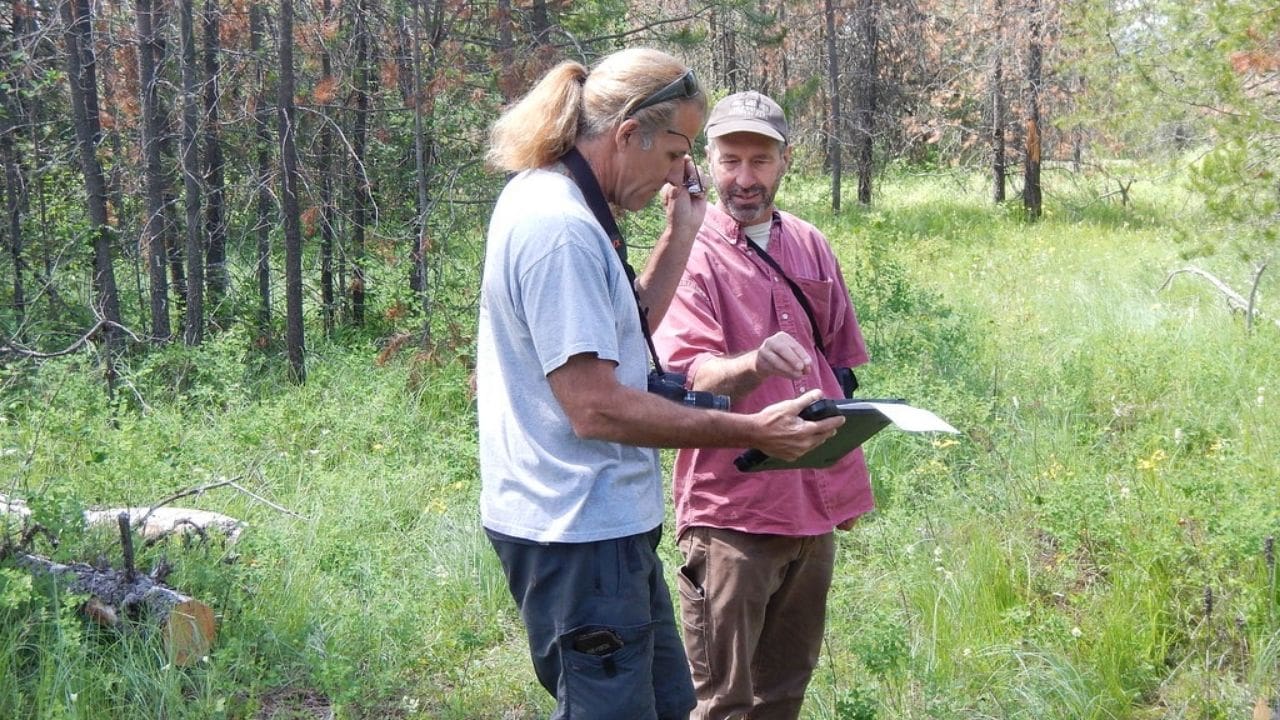

Key Takeaways
- Trees with deep root systems, such as Mesquite and Palo Verde, are ideal for dry conditions as they can efficiently extract water from the soil and prevent soil erosion.
- Acacia and Olive trees are low water requirement trees that thrive in arid regions. Their deep root systems enable them to withstand prolonged periods of drought.
- Eucalyptus and Crape Myrtle are trees that have specific requirements for dry conditions. They require regular watering during establishment but minimal supplemental irrigation once established.
- Juniper and Pine trees are known for their drought tolerance and low water requirements. They can access water from lower soil layers and thrive in challenging arid climates.
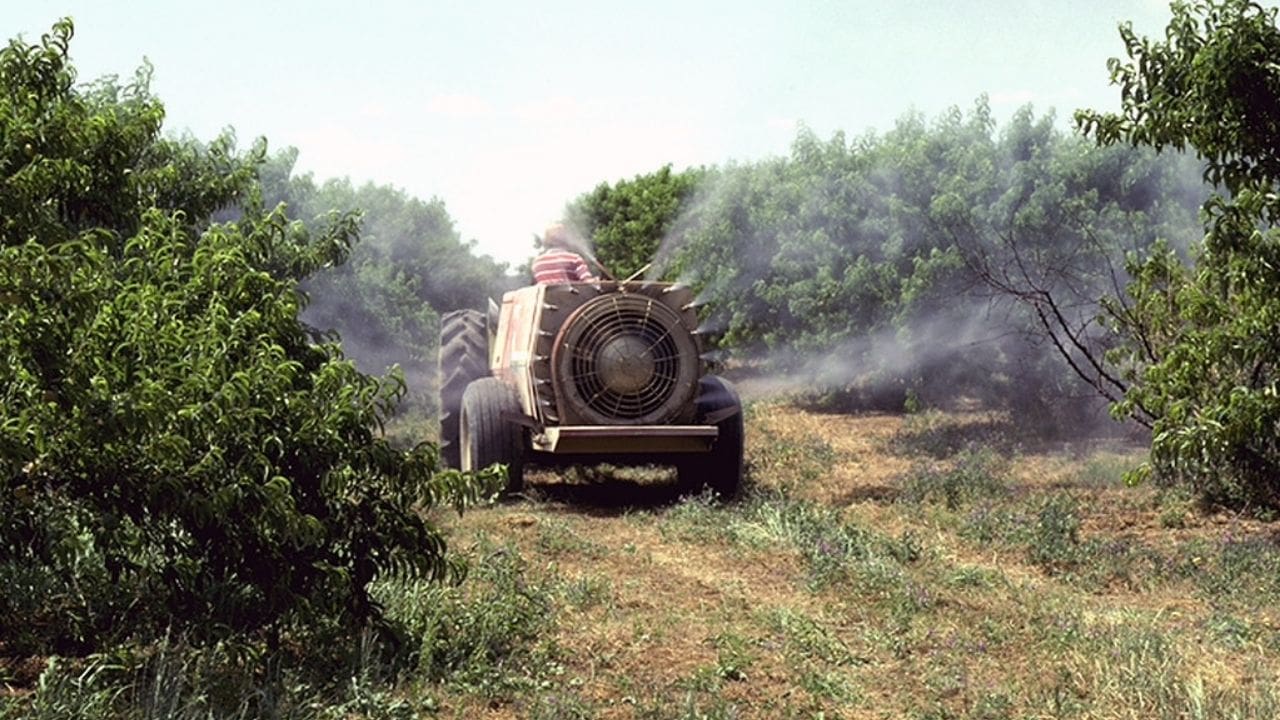

Mesquite
Mesquite trees thrive in dry conditions due to their deep root systems, which efficiently extract water from the soil. These trees are known for their hardiness and adaptability to arid environments. If you’re looking to plant trees in dry areas, mesquite should be at the top of your list.
Their roots can reach depths of up to 190 feet, allowing them to access water sources that other plants can’t reach. This deep root system also helps prevent soil erosion, making mesquite trees a great choice for stabilizing soil in dry regions.
When it comes to safety, mesquite trees are a wise choice for dry conditions. Their sturdy nature makes them resistant to drought and strong winds. Additionally, their deep roots can help prevent desertification by stabilizing the soil and preventing it from blowing away during windy conditions. This can be particularly important for areas prone to dust storms.
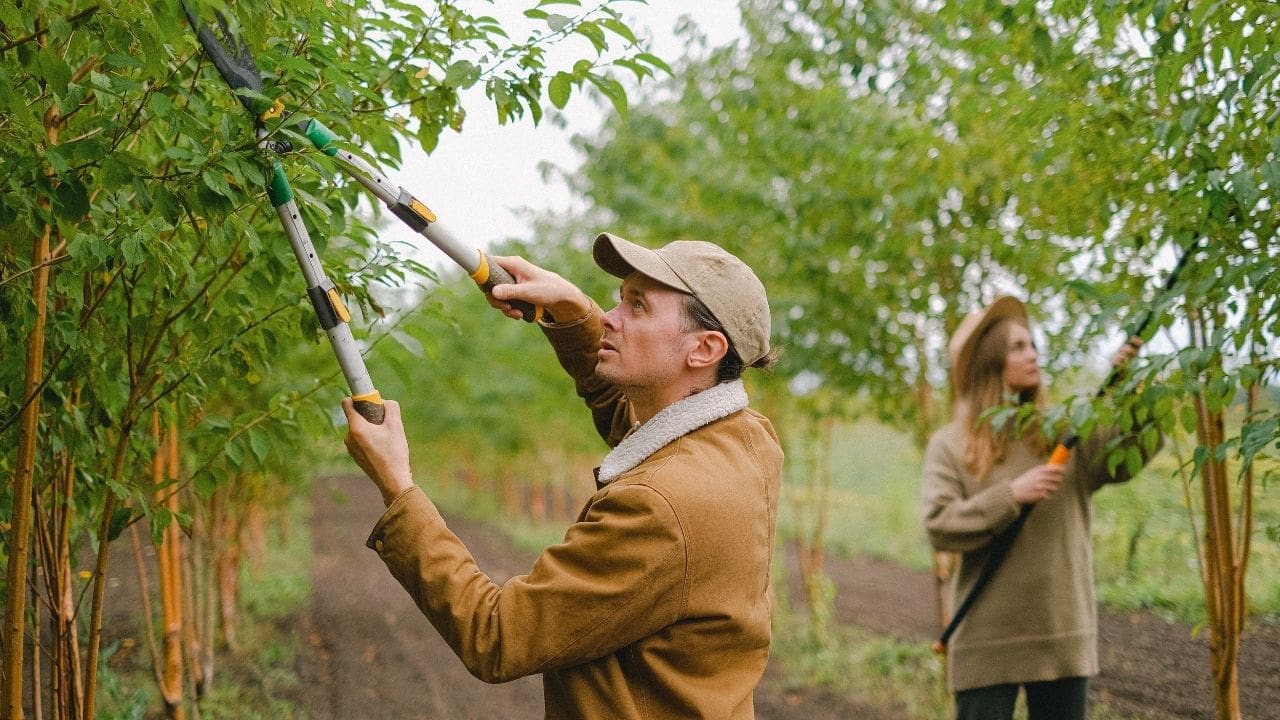

Palo Verde
Palo Verde trees, known for their green bark and delicate leaves, are an excellent choice for landscaping in dry conditions due to their remarkable drought tolerance and ability to thrive in arid environments. When considering planting Palo Verde trees, it’s important to know how to care for them properly. Here’s what you need to keep in mind:
- Watering: While Palo Verde trees are drought-tolerant, they still need regular watering, especially during their first few years. Deep, infrequent watering encourages deep root growth, making the tree more resilient to drought conditions.
- Water deeply: When watering, make sure to water deeply to encourage the roots to grow downwards in search of moisture.
- Infrequent watering: Allow the soil to dry out between watering to prevent waterlogged conditions and encourage deep root growth.
- Mulching: Applying a layer of mulch around the base of the tree helps conserve moisture and regulate soil temperature, reducing the tree’s water needs.
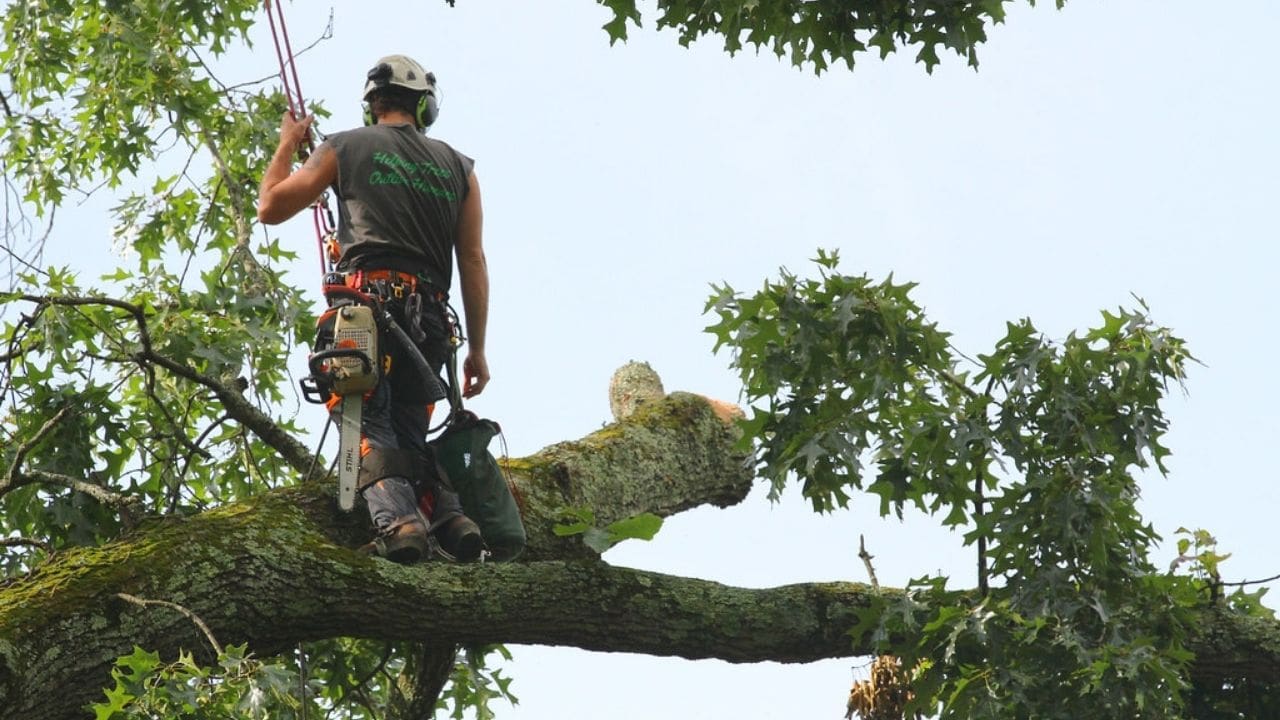

Acacia
The next tree to consider for thriving in dry conditions is the Acacia, a versatile and resilient choice for landscaping in arid environments. Acacias are known for their ability to withstand drought and their low water requirements once established. One excellent option is the Acacia salicina, or Willow Acacia, which features narrow, gray-green leaves and an attractive weeping form. This tree can reach heights of 20 to 40 feet and is a great choice for providing shade in dry climates.
Acacias have adapted to thrive in arid regions, making them well-suited for water-wise landscaping. Their deep root systems enable them to access water from lower soil depths, allowing them to withstand prolonged periods of drought. When planting an Acacia, it’s crucial to ensure optimal soil drainage to prevent waterlogging, which can be detrimental to the tree’s health. Additionally, regular mulching around the base of the tree helps conserve soil moisture and regulate soil temperature.
When selecting trees for dry conditions, the Acacia stands out for its resilience and ability to thrive with minimal water. Its adaptability and low maintenance nature make it a practical choice for landscaping in arid environments.
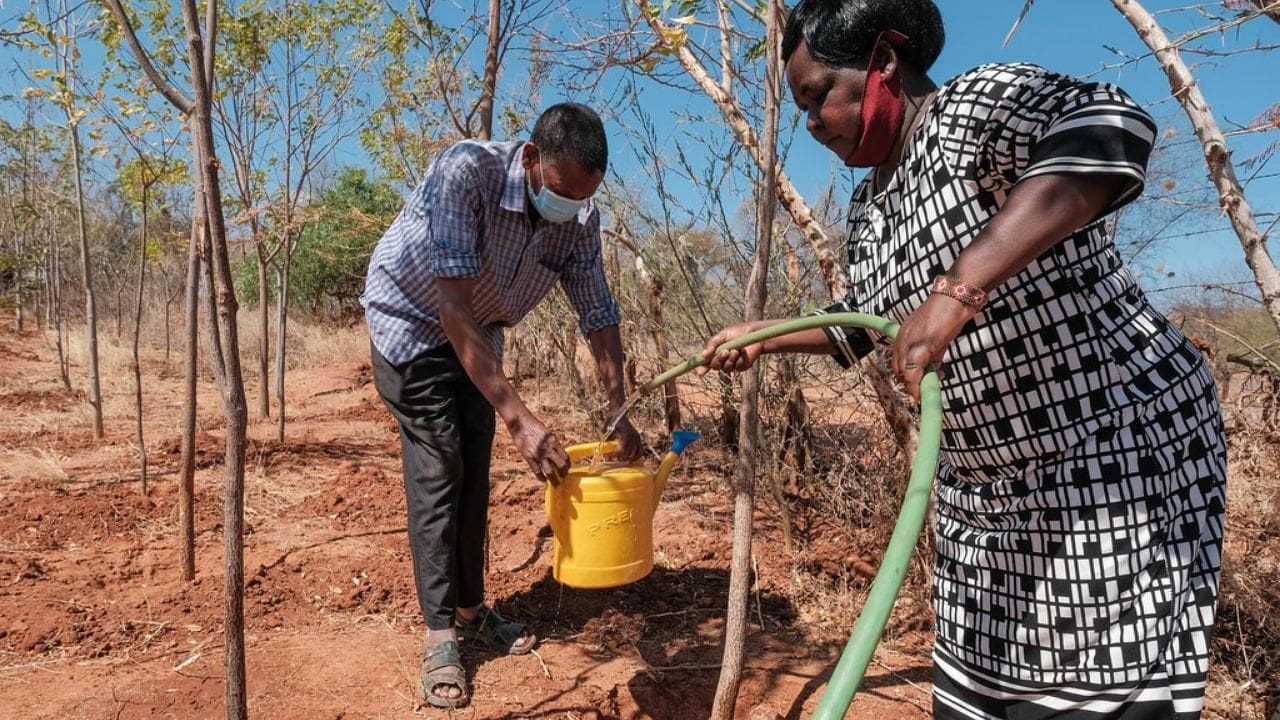

Olive
Olive trees are an excellent choice for dry conditions due to their exceptional drought-tolerant characteristics. These trees are known for their ability to thrive in hot, arid climates with minimal water requirements.
When planting olive trees, it’s important to ensure they’re placed in well-draining soil and receive plenty of sunlight to encourage healthy growth.
Drought-Tolerant Characteristics
With its silvery-green foliage and ability to withstand dry conditions, the olive tree is a resilient and low-maintenance option for landscapes with limited water resources. When considering its drought-tolerant characteristics, it’s crucial to understand the following:
- Deep Root System: The olive tree has a deep and extensive root system, allowing it to access water sources that other plants can’t reach.
- Leathery Leaves: Its leathery leaves help reduce water loss through transpiration, making it well-adapted to arid climates.
- Drought-Adaptive Physiology: Olive trees have developed physiological adaptations, such as the ability to close their stomata during dry periods, conserving water and minimizing stress.
These characteristics not only make the olive tree a suitable choice for water-wise landscaping but also provide a sense of security for those seeking sustainable and resilient options in dry conditions.
Ideal Growing Conditions
When cultivating olive trees, it’s essential to provide well-drained soil and ample sunlight to ensure optimal growth and fruit production. Olive trees thrive in sunny locations with at least six hours of direct sunlight daily. They prefer well-drained, slightly alkaline soil with a pH level between 6 and 8. If the soil tends to retain water, consider planting the trees on a small mound to improve drainage.
Additionally, avoid overwatering, as olive trees are sensitive to waterlogged conditions and are highly drought-tolerant once established. It’s advisable to choose a location with good air circulation to prevent fungal diseases.
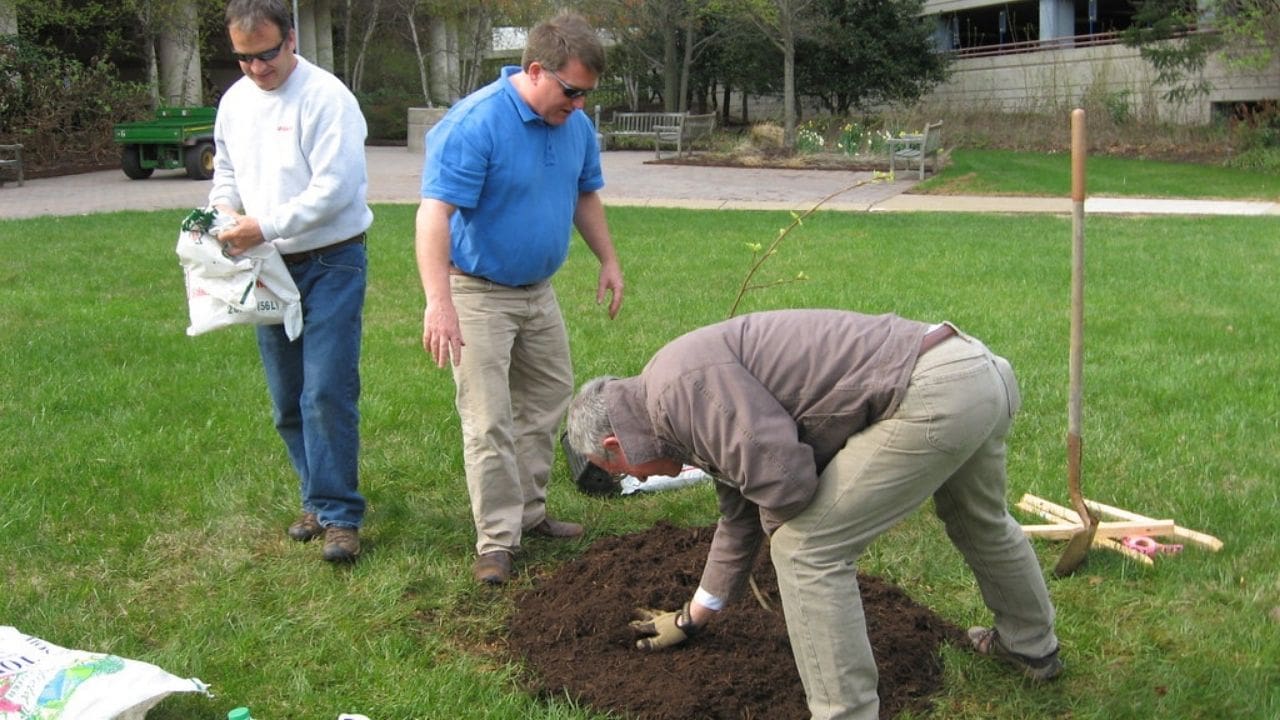

Eucalyptus
Eucalyptus trees, known for their resilience in dry conditions, are a popular choice for landscaping in arid regions due to their ability to thrive with minimal water. When considering eucalyptus for your dry climate landscape, it’s important to understand a few key points:
- Varieties: There are over 700 species of eucalyptus, so it’s crucial to select a variety that’s well-suited to your specific climate and soil conditions. Some varieties are more drought-tolerant than others, so be sure to research and choose wisely.
- Watering Requirements: While eucalyptus trees are known for their ability to survive in low-water conditions, they still require regular watering during their establishment period. Once established, they can thrive with minimal supplemental irrigation.
- Fire Safety: Eucalyptus trees contain highly flammable oils in their leaves, so it’s important to keep them pruned and well-maintained to reduce fire risk. Additionally, it’s advisable to plant them away from structures and other flammable vegetation.
When properly selected and cared for, eucalyptus trees can be a beautiful and water-wise addition to your arid landscape, providing shade, habitat for wildlife, and a touch of natural beauty.
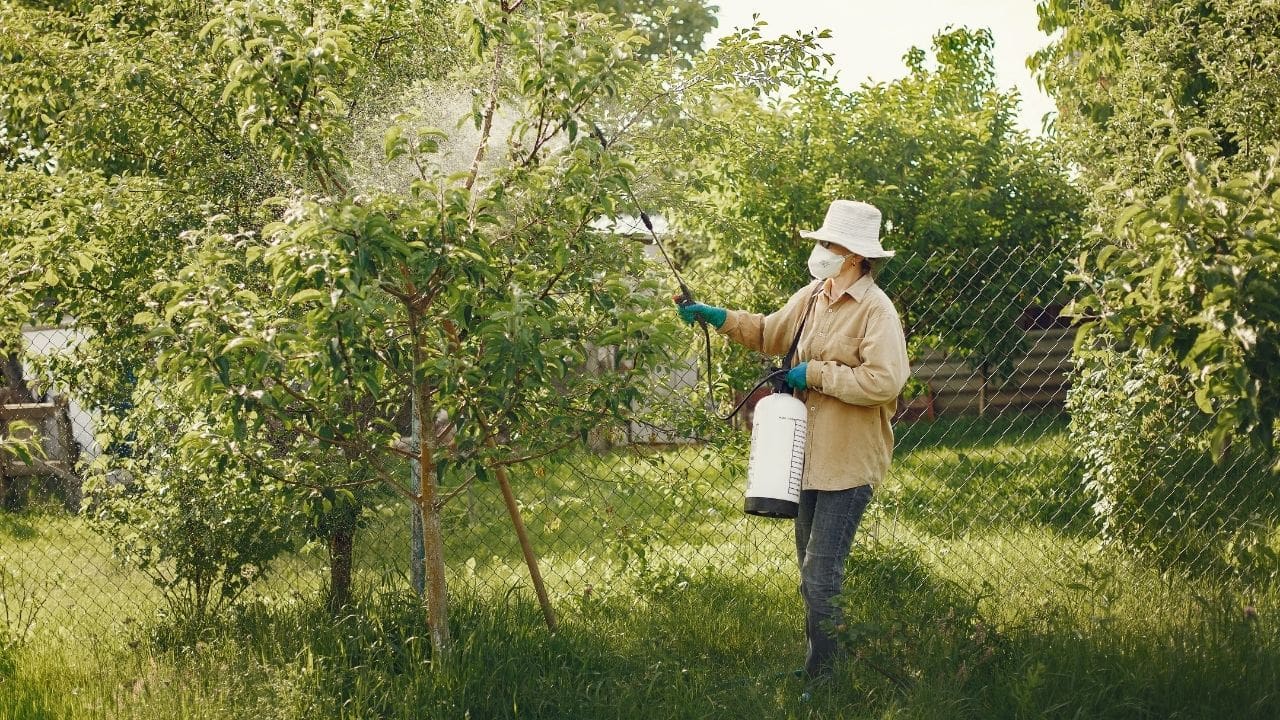

Crape Myrtle
Crape Myrtles are an excellent choice for dry conditions due to their drought-tolerant qualities. When planting, be sure to choose well-drained soil and a location that receives plenty of sunlight.
To keep them thriving, regular pruning and proper watering will be essential.
Drought-Tolerant Qualities
With its vibrant blooms and resilient nature, the Crape Myrtle is a standout choice for landscaping in dry conditions due to its exceptional drought-tolerant qualities. When considering drought-tolerant trees, the Crape Myrtle stands out for several reasons:
- Deep Root System: Crape Myrtles develop deep roots, allowing them to access water sources that other plants can’t reach.
- Water Storage Capacity: These trees have the ability to store water in their trunks and branches, providing them with a reservoir during dry spells.
- Heat Tolerance: Crape Myrtles are well-suited to hot and dry climates, thriving in high temperatures while conserving water.
These qualities make the Crape Myrtle a reliable and low-maintenance choice for individuals seeking to cultivate a water-wise landscape.
Best Planting Locations
When selecting planting locations for Crape Myrtle trees, consider choosing areas with well-draining soil and ample sunlight to promote healthy growth and blooming. Crape Myrtles thrive in full sun, so it’s essential to select a location that receives at least 6-8 hours of direct sunlight per day.
Additionally, ensure that the soil is well-draining to prevent waterlogging, which can lead to root rot. Avoid planting in low-lying or compacted soil areas where water may accumulate.
It’s also important to consider the surrounding space and ensure that the tree will have enough room to grow to its full size without being crowded by other plants or structures.
Maintenance Tips
After selecting an ideal planting location for your Crape Myrtle tree, it’s important to focus on maintenance tips to ensure its continued health and vitality. Here are some essential maintenance tips to help your Crape Myrtle thrive in dry conditions:
- Pruning: Regularly prune your Crape Myrtle to remove dead or crossing branches. This will promote healthy growth and improve airflow within the tree, reducing the risk of diseases.
- Trim off any suckers and water sprouts that may emerge from the base of the tree to maintain its shape and strength.
- Remove spent flowers to encourage the tree to produce new blooms and conserve energy for growth rather than seed production.
- Avoid heavy pruning in late summer or early fall, as this can stimulate new growth that may not have time to harden before winter, making the tree vulnerable to frost damage.
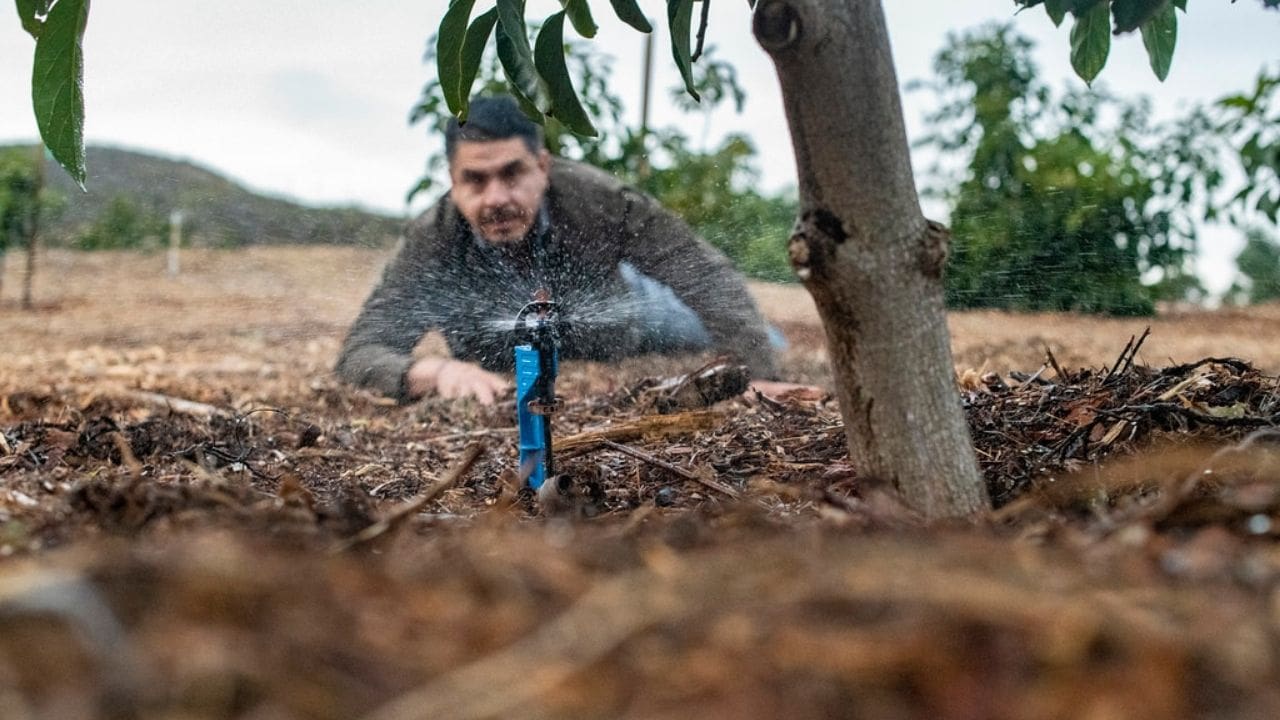

Juniper
Juniper trees thrive in dry conditions due to their ability to withstand drought and their low water requirements. These hardy trees are well-suited for arid climates and can withstand hot, dry summers with minimal water. When choosing juniper trees for dry conditions, consider varieties such as Juniperus scopulorum (Rocky Mountain juniper) or Juniperus virginiana (Eastern red cedar), which are known for their resilience in dry environments. These trees have deep roots that help them access water from lower soil layers, allowing them to survive and even thrive in challenging conditions.
To ensure the health and vitality of juniper trees in dry conditions, it’s essential to plant them in well-draining soil and provide proper mulching to retain soil moisture. Additionally, regular deep watering during the tree’s establishment phase can help promote healthy root development, enhancing its ability to withstand prolonged periods of dryness. As with any tree, proper pruning and maintenance can also contribute to its overall resilience and longevity in dry conditions.
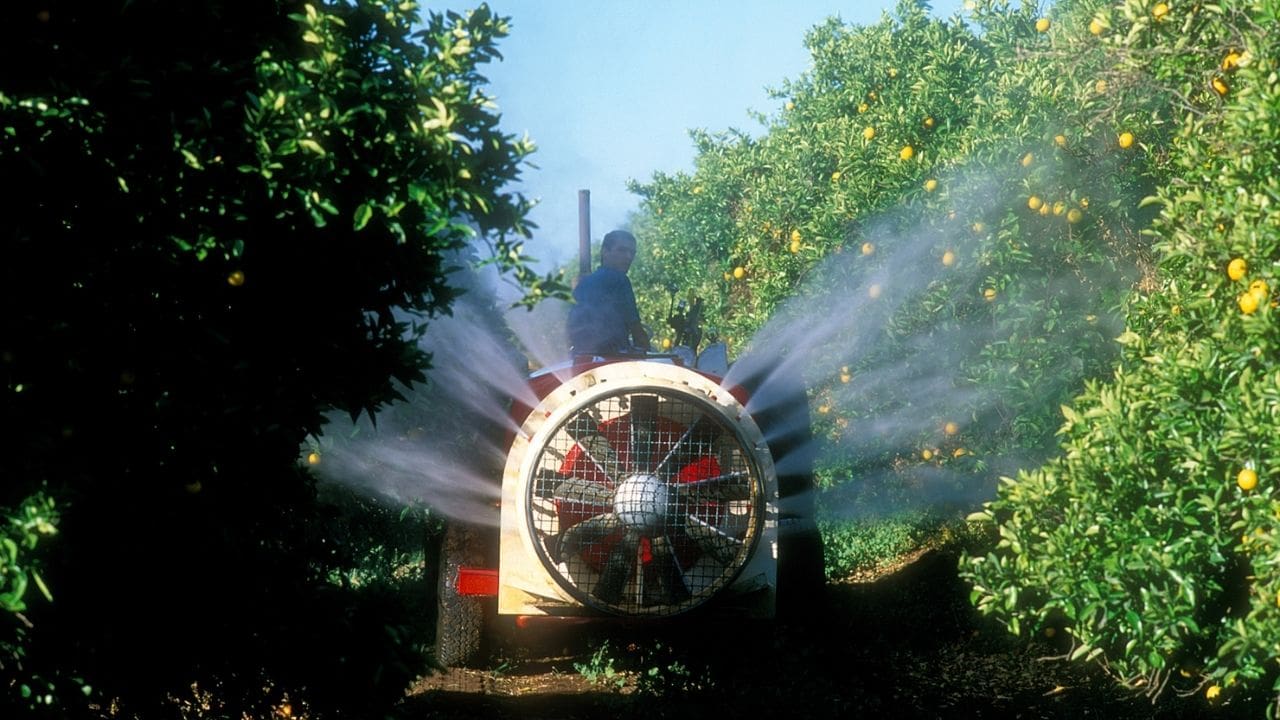

Pine
Pine trees, like junipers, are well-known for their resilience in dry climates and their ability to thrive with minimal water. When it comes to choosing pine trees for dry conditions, there are several factors to consider:
- Variety: Opt for drought-resistant pine tree varieties such as the Afghan pine, longleaf pine, or slash pine. These varieties have evolved to withstand dry climates and require less water to thrive.
- Soil: Ensure that the soil is well-draining to prevent waterlogging, which can be detrimental to pine trees. Sandy or loamy soil types are ideal for pines as they allow water to percolate through, preventing root rot.
- Mulching: Applying a layer of mulch around the base of the pine tree helps retain soil moisture, reduces evaporation, and suppresses weed growth. Organic mulches like wood chips or pine straw are excellent choices for retaining soil moisture.
When selecting and caring for pine trees in dry conditions, these considerations can contribute to the health and longevity of your trees, ensuring they thrive with minimal water while enhancing the safety and sustainability of your landscape.
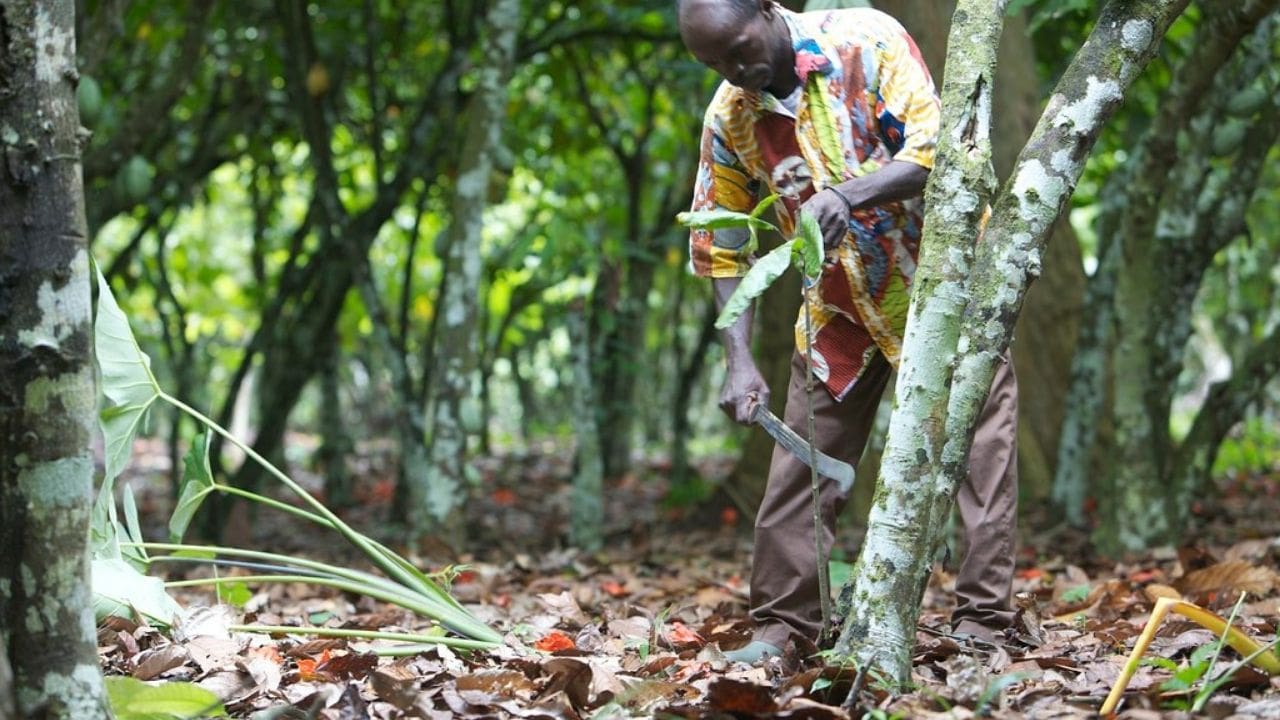

Frequently Asked Questions
Are There Any Specific Maintenance Tips for Keeping These Trees Healthy in Dry Conditions?
To keep these trees healthy in dry conditions, water deeply and infrequently to encourage deep root growth. Mulch to retain moisture and protect roots. Prune to remove dead or damaged branches. Monitor for pests and diseases.
Can These Trees Be Planted in Urban Environments With Limited Water Availability?
Yes, these trees can thrive in urban environments with limited water. Choose drought-tolerant species like olive, mesquite, or acacia. Plant in well-draining soil, provide occasional deep watering, and mulch to retain moisture.
Are There Any Potential Pests or Diseases That These Trees Are Particularly Susceptible to in Dry Conditions?
In dry conditions, some trees may be susceptible to pests and diseases such as spider mites, aphids, and powdery mildew. Regularly inspecting your trees and providing proper care can help prevent these issues.
How Do These Trees Contribute to Water Conservation in Arid Regions?
These trees help conserve water in arid regions by having deep root systems that access groundwater, reducing evaporation through shade, and improving soil moisture retention. Their efficient water use supports the ecosystem’s delicate balance.
Can These Trees Be Used for Landscaping in Areas With Strict Water Restrictions?
Yes, these trees can be used for landscaping in areas with strict water restrictions. They are drought-tolerant and can thrive with minimal water, making them ideal for conserving water while maintaining a beautiful landscape.


Hello there! I’m Logan Foster, the green-thumbed social media marketer behind the vibrant world of 1800TreeGuy.com. With roots firmly planted in arboriculture, I’ve branched out to help clients cultivate their dream outdoor spaces, one leafy canopy at a time. My knack for nurturing nature is more than a profession—it’s a way of life.
When I’m not talking trees and teaching the art of arboreal care, you can find me cheering on the Bulldogs—my alma mater’s pride and my forever team. My environmental studies there didn’t just teach me about ecosystems; they instilled a lifelong passion for protecting our planet.
Off the clock, I’m an adventurer at heart. Whether it’s trekking the Appalachian trails, pedaling down a mountain path, or crafting guides to share the wonders of the wild, I’m happiest with soil under my nails and the sun on my face. And let’s not forget Yoda, my pug sidekick. He may not have mastered the art of stillness, but his joyful grins are my daily dose of happiness.
I’m all about making connections—between people and the great outdoors and between my clients and their ideal landscape visions. My approach is personal; every tree has a story, and every garden reflects its caretaker.
If you want to green your scene or share in my outdoor escapades, give me a shout on Instagram or Facebook. Let’s cultivate a conversation and grow a community rooted in a love for the lush life.















